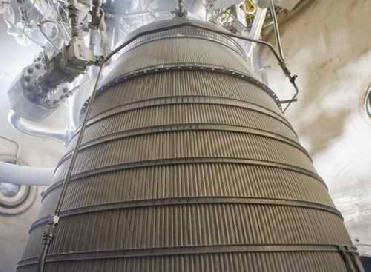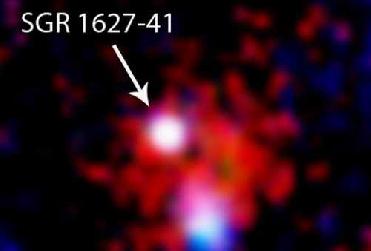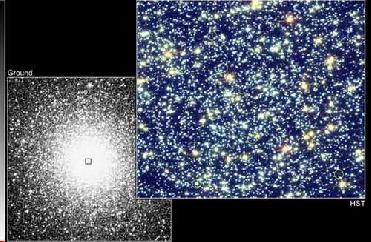
The Common Extensible Cryogenic Engine, or CECE, is fueled by a mixture of liquid oxygen and liquid hydrogen chilled to sub-zero temperatures. Image Credit: Pratt & Whitney Rocketdyne
WASHINGTON (BNS): Set on its goal to send astronauts to the moon safely, NASA recently carried out a third round of testing of the Common Extensible Cryogenic Engine, or CECE.
Giving details, NASA officials said that the CECE is a deep-throttling engine, which has the flexibility to reduce thrust from 100 per cent down to 10 per cent, allowing a spacecraft to gently land on the lunar surface. The 13,800-pound thrust engine uses extremely cold liquid oxygen and liquid hydrogen as propellants, NASA said.
Pratt & Whitney Rocketdyne in West Palm Beach, Florida, conducted the tests that will help in the next stage of human exploration of the moon. �Most rockets make spacecraft travel faster. The goal of a lunar lander descent engine is to slow the vehicle so astronauts can land safely,� NASA said.
During the test, the engine was successfully throttled from a high of a 104 per cent of the engine�s potential down to eight per cent, a record for an engine of this type. A cryogenic engine is needed to provide high performance and put more pay load on the surface of the moon. The CECE demonstrator has evaluated two engine configurations during three rounds of hot-fire testing, NASA said.
Tony Kim, Deep Throttling Engine project manager at NASA's Marshall Space Flight Center, Huntsville, Alaska, said that the first test series in 2006 was a challenge but showed promise. �Testing in 2007 provided an in-depth examination of low-power-level throttling and engine performance characteristics. This third cycle we actively addressed and found solutions to the challenges we faced,� Kim said.
NASA explained that the team carefully viewed the test results that showed pressure oscillations in the engine at lower throttle levels called �chugging.� �Chugging may not be a concern for the engine itself, but the resulting vibrations could have the potential to resonate with the structure of the rocket and cause problems for the lander or crew,� NASA said.
The space agency said that injector and propellant feed system modifications successfully eliminated engine chugging by controlling liquid hydrogen and liquid oxygen flow to the combustion chamber. The latest engine configuration incorporates a new injector design and propellant feed system that carefully manages the pressure, temperature and flow of propellants, it said.
�The technology developed from this effort will help engineers successfully design future cryogenic engines to meet the throttling requirements of the Constellation Programme�s Altair lunar lander,� Kim said.
 Previous Article
Previous Article Next Article
Next Article













The Indian Air Force, in its flight trials evaluation report submitted before the Defence Ministry l..
view articleAn insight into the Medium Multi-Role Combat Aircraft competition...
view articleSky enthusiasts can now spot the International Space Station (ISS) commanded by Indian-American astr..
view article